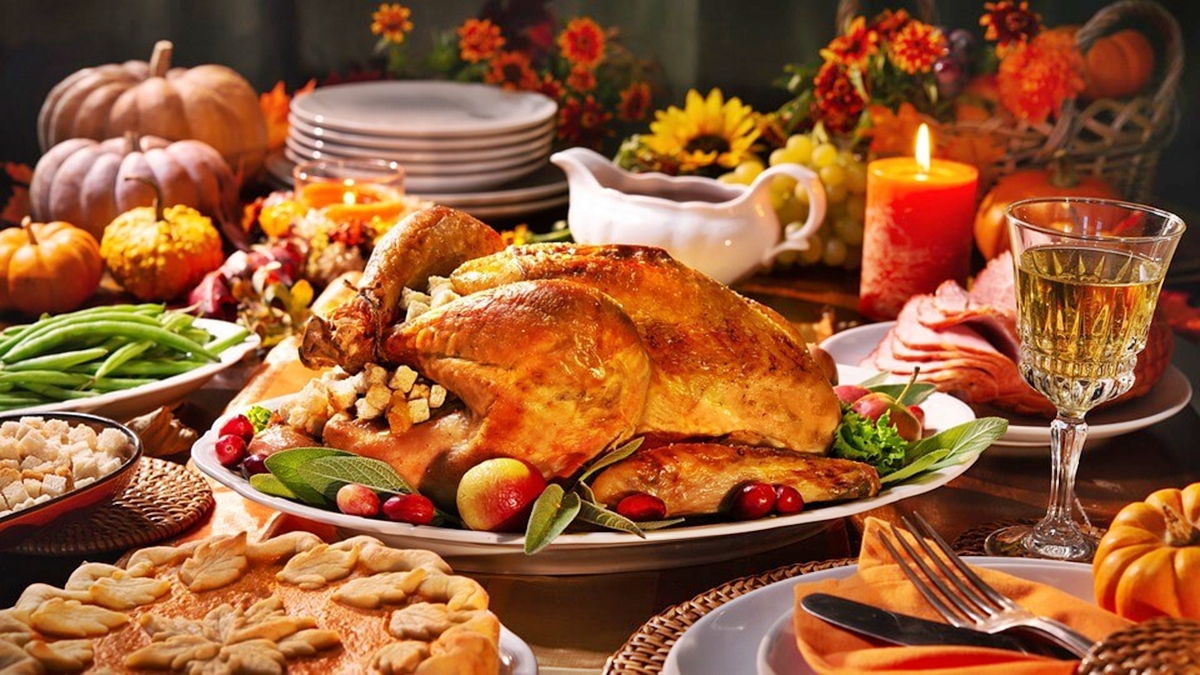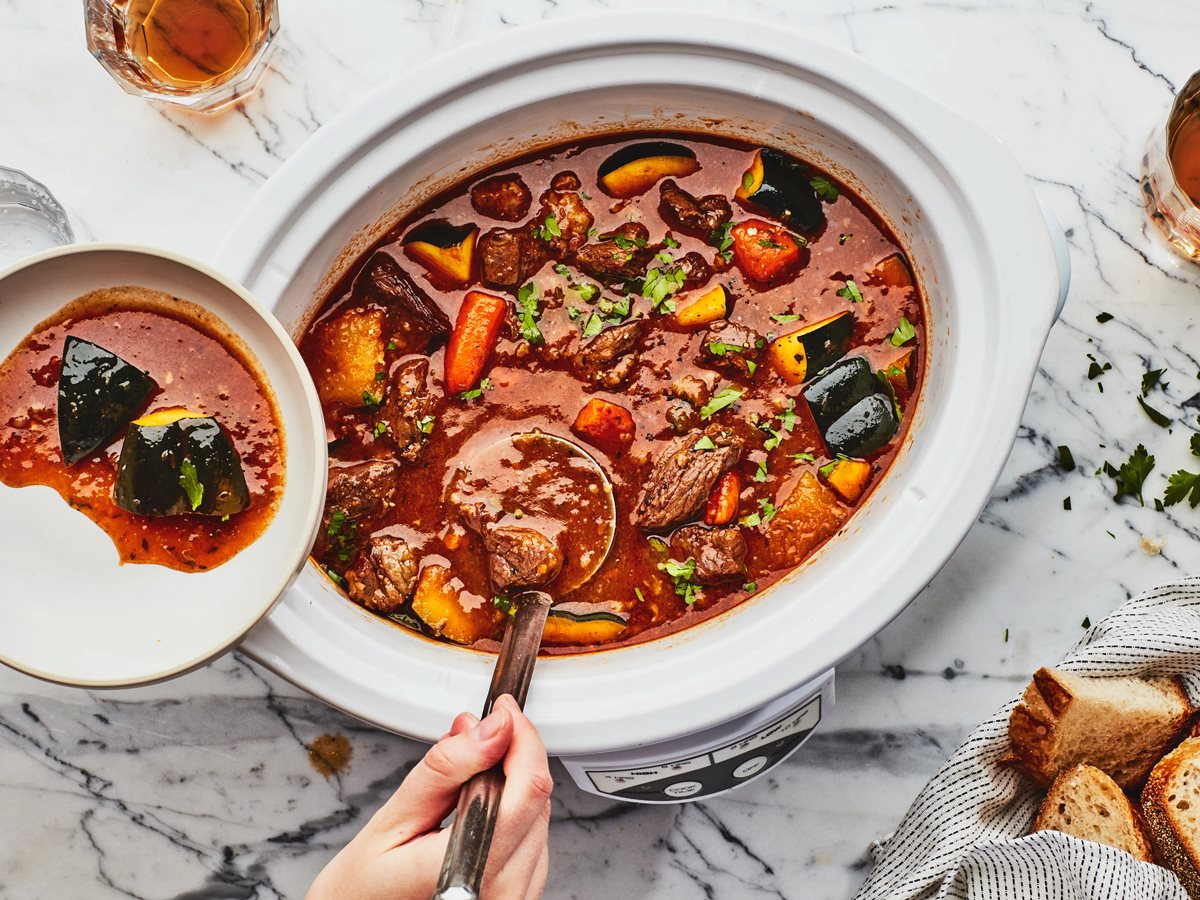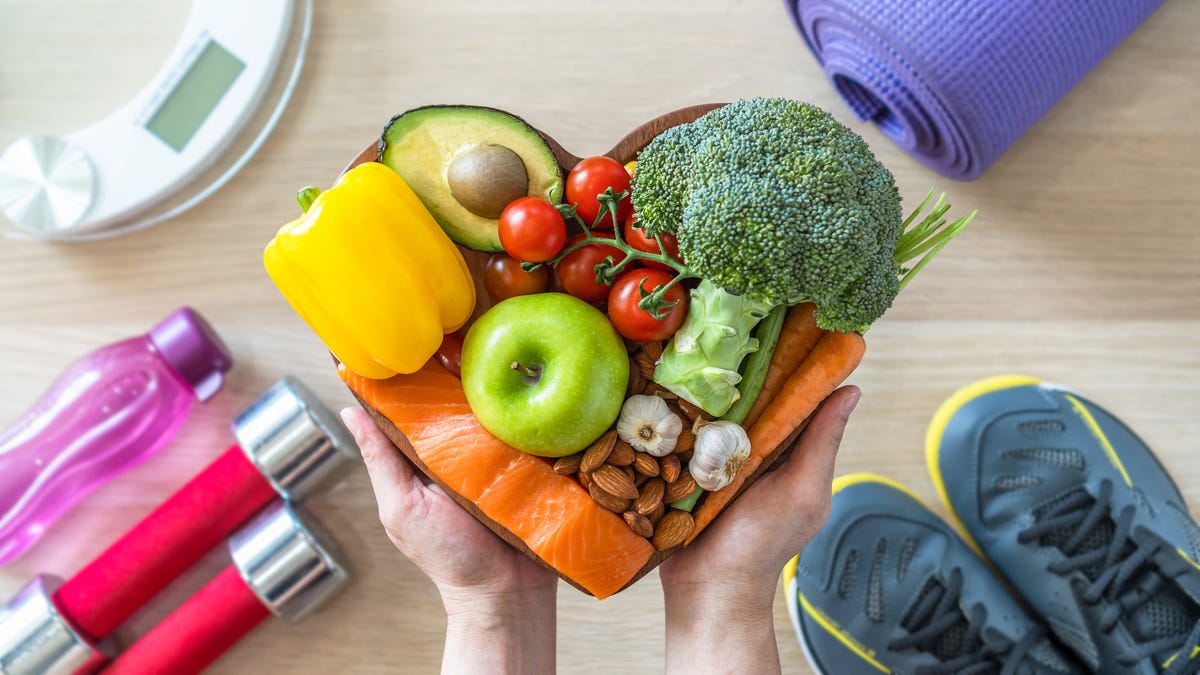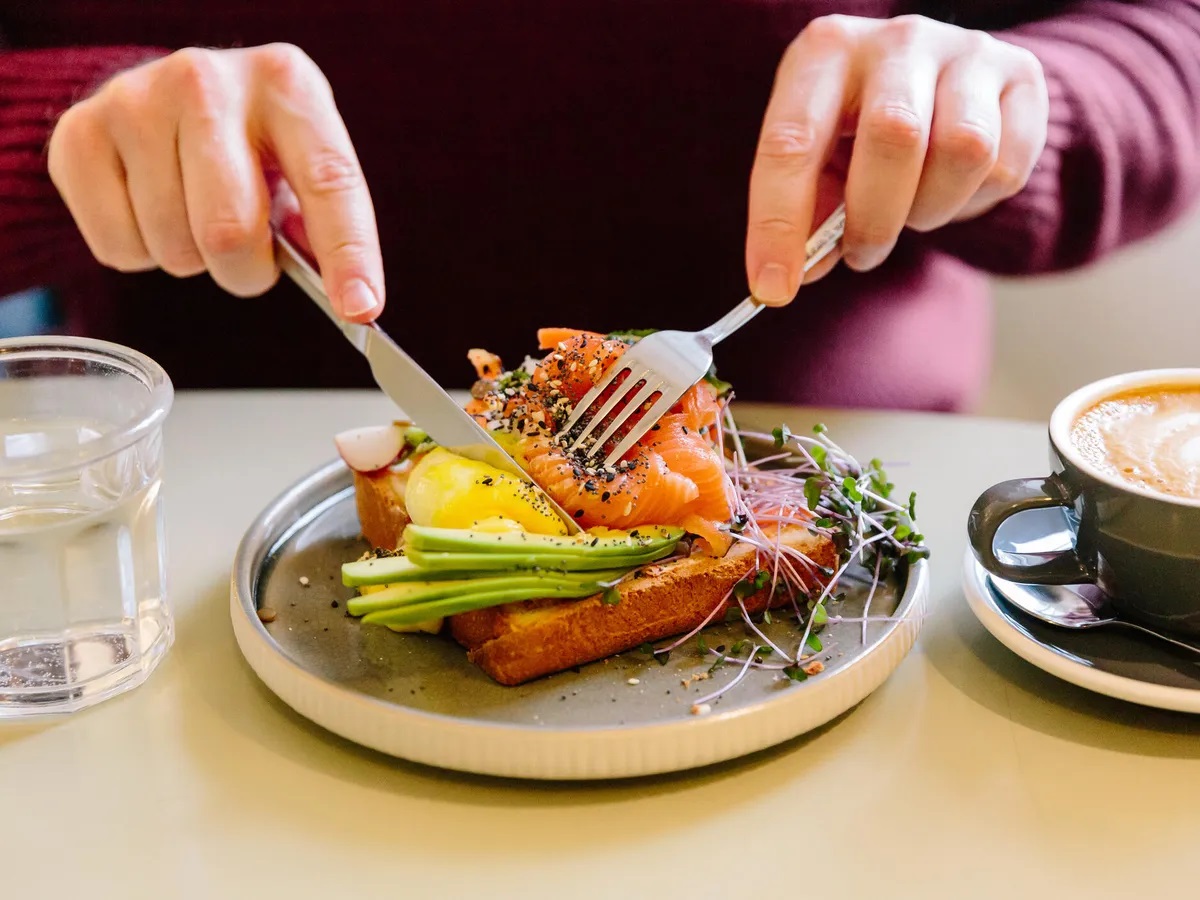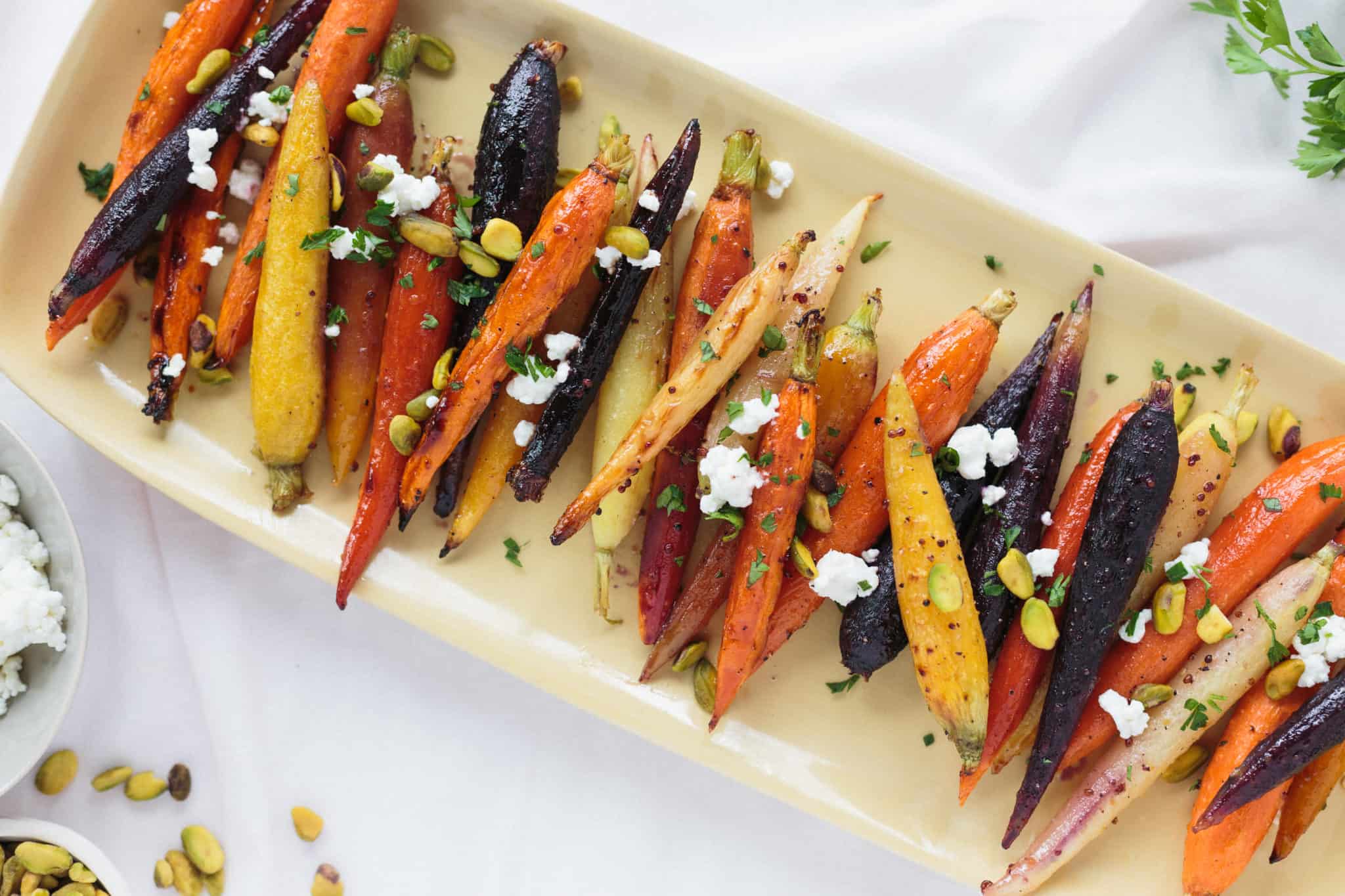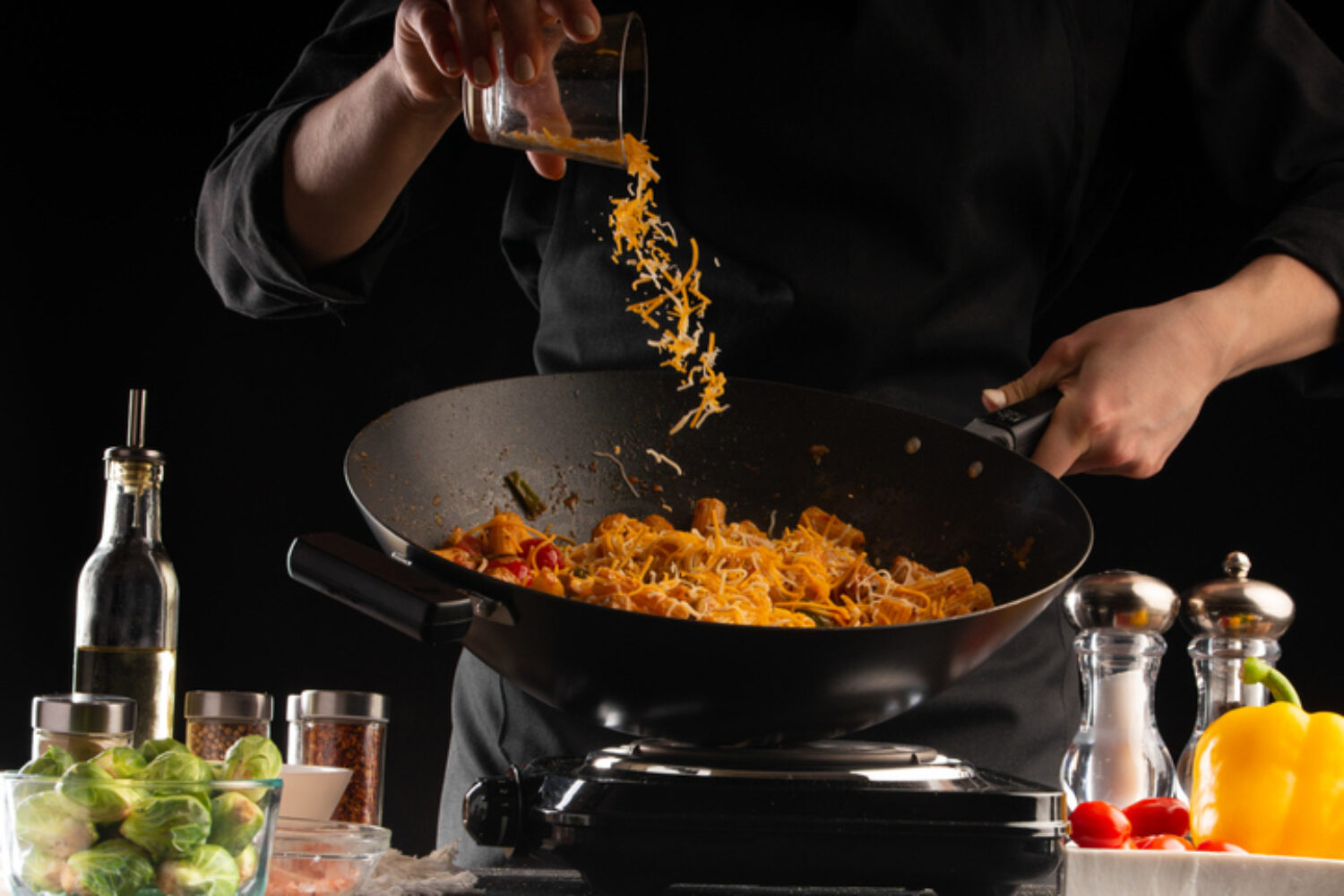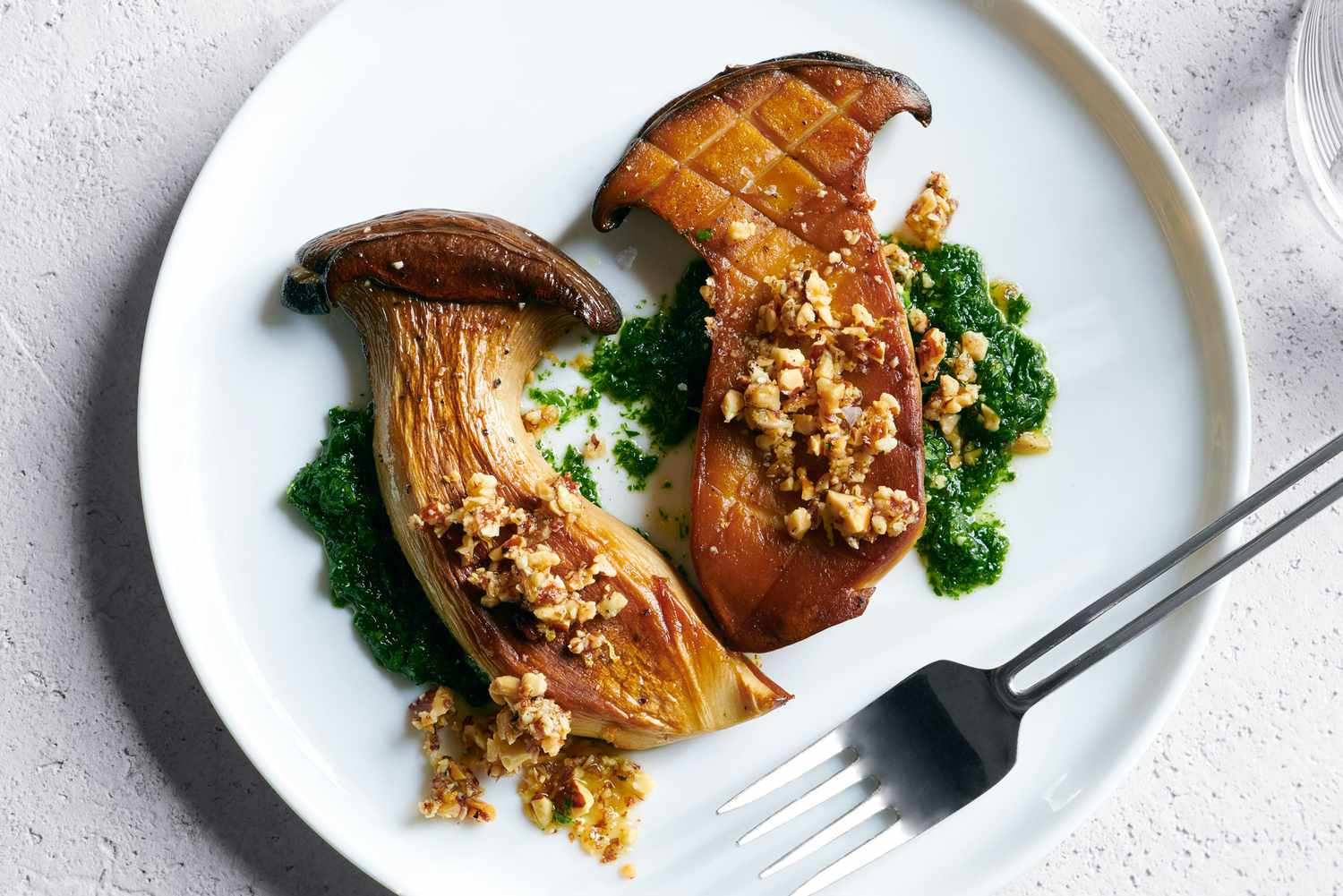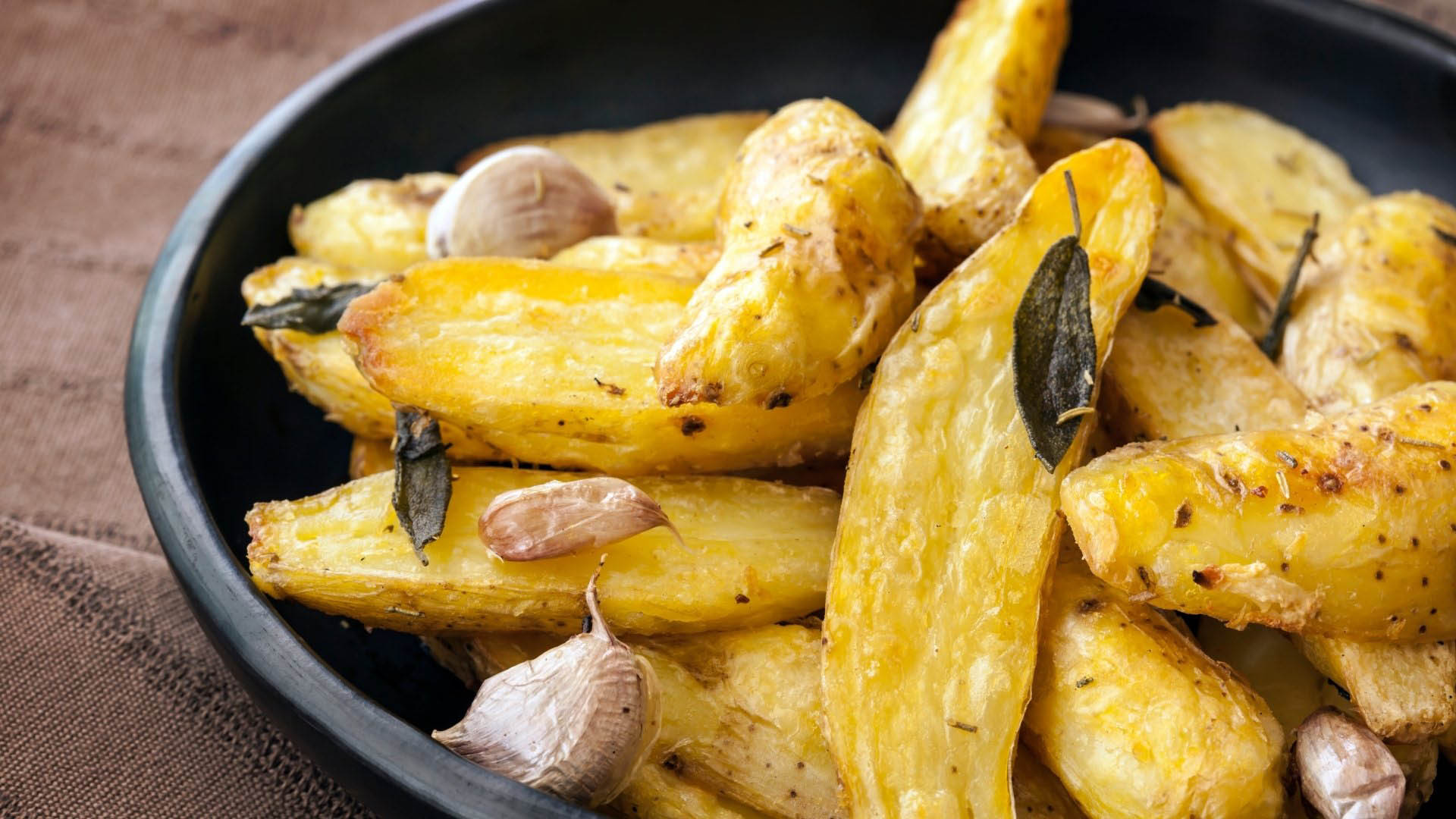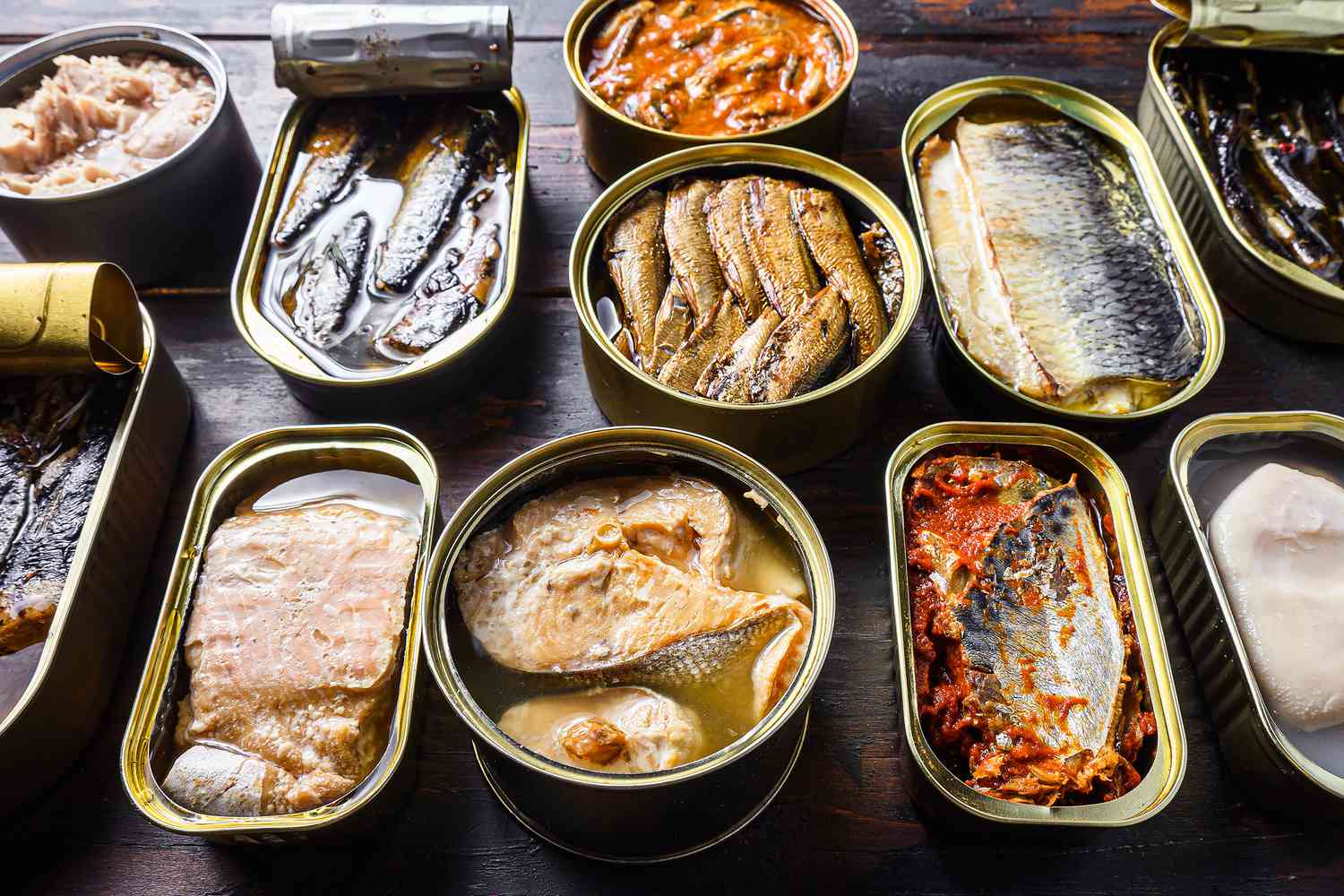Cooking in a fallout shelter might sound challenging, but with some creativity, you can whip up gourmet meals even in tight spaces. Imagine turning basic canned goods into delicious dishes that lift spirits and nourish bodies. This guide will explore inventive ways to use limited ingredients, clever storage tips, and simple cooking techniques. Whether you're a seasoned chef or a beginner, these ideas will help you create meals that taste great and provide comfort during tough times. Get ready to transform your shelter into a cozy kitchen where every meal feels like a special occasion.
Essential Ingredients for Your Dish
Gourmet Approaches to Cooking in Fallout Shelters
-
Canned Goods
- Beans
- Corn
- Peas
- Tomatoes
-
Dry Goods
- Rice
- Pasta
- Lentils
- Flour
-
Spices and Seasonings
- Salt
- Pepper
- Garlic powder
- Onion powder
- Paprika
- Oregano
-
Proteins
- Canned tuna
- Canned chicken
- Dried beans
- Peanut butter
-
Beverages
- Bottled water
- Powdered milk
- Instant coffee
- Tea bags
-
Snacks
- Crackers
- Nuts
- Dried fruit
- Granola bars
-
Cooking Essentials
- Cooking oil
- Vinegar
- Sugar
- Baking powder
-
Fresh Produce (if available)
- Potatoes
- Carrots
- Onions
- Apples
Necessary Tools for Gourmet Approaches to Cooking in Fallout Shelters
Tools Needed for Gourmet Cooking in Fallout Shelters
- Manual Can Opener
- Portable Gas Stove
- Cast Iron Skillet
- Dutch Oven
- Pressure Cooker
- Hand-Crank Blender
- Solar Oven
- Water Filtration System
- Non-Electric Food Processor
- Manual Coffee Grinder
- Mortar and Pestle
- Handheld Whisk
- Stainless Steel Mixing Bowls
- Wooden Spoons
- Chef's Knife
- Paring Knife
- Cutting Board
- Measuring Cups and Spoons
- Thermometer
- Food Storage Containers
- Reusable Silicone Bags
- Fermentation Jars
- Spice Grinder
- Grater
- Peeler
- Rolling Pin
- Baking Sheets
- Muffin Tin
- Loaf Pan
- Colander
- Salad Spinner
- Tongs
- Ladle
- Canisters for Dry Goods
- Fire Extinguisher
- First Aid Kit
Stockpile versatile ingredients like canned beans, rice, and spices. Use creative cooking methods like solar ovens or makeshift stoves. Prioritize nutrition by incorporating dried fruits, nuts, and powdered milk.
The Importance of Gourmet Approaches to Cooking in Fallout Shelters
Cooking in fallout shelters ensures nutrition and morale during emergencies. Gourmet approaches elevate basic ingredients, making meals more enjoyable. Creative recipes help use limited supplies efficiently, reducing waste. Flavorful dishes can boost spirits, providing comfort in stressful situations. Resourcefulness in cooking becomes essential for survival and well-being.
Step-by-Step Instructions for Gourmet Approaches to Cooking in Fallout Shelters
Gourmet Approaches to Cooking in Fallout Shelters
1. Stockpile Essentials
- Non-perishable foods: Canned beans, vegetables, fruits, meats, and fish
- Grains and pasta: Rice, quinoa, oats, and various pasta types
- Spices and herbs: Salt, pepper, garlic powder, onion powder, dried basil, oregano, thyme
- Cooking oils: Olive oil, vegetable oil, coconut oil
- Condiments: Soy sauce, hot sauce, mustard, ketchup, vinegar
- Proteins: Canned beans, lentils, nuts, seeds, powdered eggs, jerky
2. Organize Your Space
- Shelving units: Install sturdy shelves to maximize storage
- Label containers: Use clear labels for easy identification
- Rotation system: Place newer items at the back, older items at the front
- Cooking area: Designate a specific area for meal preparation
3. Cooking Equipment
- Portable stove: Propane or butane stove for cooking
- Cookware: Pots, pans, baking sheets, mixing bowls
- Utensils: Knives, spatulas, tongs, can opener, cutting board
- Measuring tools: Cups, spoons, kitchen scale
- Storage containers: Airtight containers for leftovers
4. Water Management
- Water storage: Large containers, water barrels, bottled water
- Filtration system: Portable water filters, purification tablets
- Boiling water: Use the portable stove to boil water for safe consumption
5. Meal Planning
- Balanced meals: Include proteins, carbohydrates, and fats
- Variety: Rotate different types of meals to avoid monotony
- Portion control: Plan portions to minimize waste and ensure supplies last
- Special diets: Consider dietary restrictions and allergies
6. Cooking Techniques
- One-pot meals: Simplify cooking and cleaning
- Batch cooking: Prepare large quantities and store leftovers
- Rehydrating dried foods: Use water to rehydrate beans, lentils, and vegetables
- Canning and preserving: Extend the shelf life of fresh produce
7. Creative Cooking
- Spice blends: Create your own blends to enhance flavors
- Substitutions: Use available ingredients creatively when missing specific items
- Improvisation: Adapt recipes based on what’s in stock
- Presentation: Make meals visually appealing to boost morale
8. Waste Management
- Composting: Create a compost bin for organic waste
- Recycling: Separate recyclables from trash
- Minimize waste: Use leftovers creatively, avoid over-preparation
9. Maintaining Morale
- Comfort foods: Include familiar and favorite foods
- Special occasions: Celebrate with special meals or treats
- Cooking together: Involve everyone in meal preparation
- Positive environment: Keep the cooking area clean and organized
10. Safety Precautions
- Fire safety: Keep a fire extinguisher nearby
- Food safety: Store perishables properly, avoid cross-contamination
- First aid kit: Have a kit accessible for kitchen accidents
- Ventilation: Ensure proper ventilation when using a portable stove
Making the Most of Your Fallout Shelter Cooking
Cooking in a fallout shelter doesn't have to be dull. With a bit of creativity, you can turn basic supplies into delicious meals. Focus on non-perishable ingredients like canned goods, dried beans, and rice. Spice things up with herbs and spices to keep meals interesting. Remember, variety is key to maintaining morale. Try different cooking methods like boiling, baking, or even making no-cook recipes. Don’t forget to rotate your stock to ensure freshness. Practice these recipes now so you're prepared for any situation. By planning ahead and thinking outside the box, you can enjoy tasty, nutritious meals even in challenging times. Stay safe, stay prepared, and happy cooking!
Common Questions About Gourmet Approaches to Cooking in Fallout Shelters
How do you keep meals interesting in a fallout shelter?
Creativity's your best pal down here. Think outside the box with ingredients on hand. Got canned corn and beans? Whip up a zesty salad. Powdered eggs in the pantry? Hello, omelets! It's all about mixing and matching what you've got to keep taste buds guessing.
What's the secret to cooking without fresh ingredients?
Mastering the art of seasoning is key. Spices and herbs can transform even the simplest canned goods into gourmet meals. Don't shy away from experimenting with bold flavors; they're lifesavers when fresh produce is just a dream.
Can you make bread in a fallout shelter?
Absolutely! If you've got flour, water, and yeast (or a substitute), you're in business. Flatbreads, pancakes, or even traditional loaves can become a reality. It might take some trial and error, but the smell of fresh bread is worth it.
How do you manage food storage for long-term stays?
Organization and rotation are crucial. Keep track of expiration dates and use older items first. Vacuum-sealing dry goods can extend their shelf life, and don't forget to protect your stash from pests. Every inch of space counts, so think vertically with shelving.
What are some tips for cooking with limited water?
Water's precious, so use it wisely. Opt for recipes that require minimal water or that allow you to reuse it. Steaming vegetables over boiling pasta, for instance, can save a lot of water. Also, consider collecting and purifying condensation for an extra supply.
How do you ensure nutritional balance in a fallout shelter?
Balance is crucial for staying healthy. Diversify your food stock with a range of vitamins and minerals. Include protein-rich canned meats, legumes, and a variety of canned fruits and vegetables. Supplements can fill in any gaps, so stock up on those too.
What's the best way to cook meat in a fallout shelter?
Slow cooking is your friend, especially with tougher cuts. Canned meats can be spruced up with a good sear and some creative seasoning. If you're lucky enough to have a small stove or hot plate, stews and soups are not only filling but also comforting.
